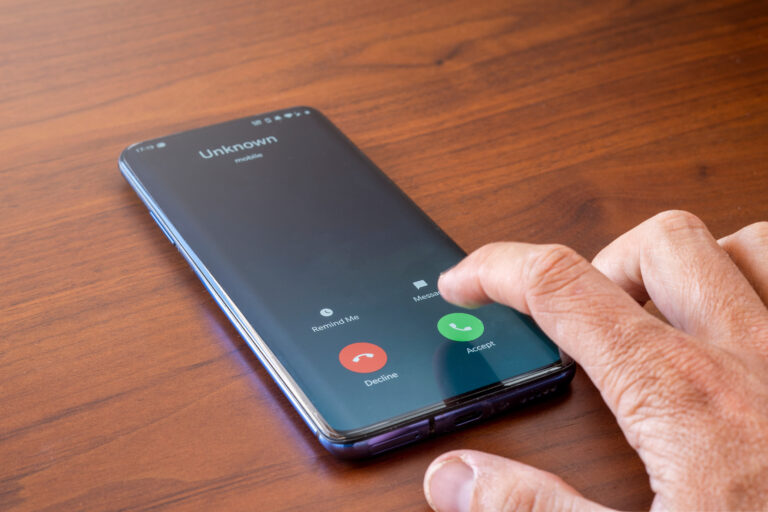Alzheimer’s disease is a progressive brain disorder that affects millions of people around the world. It is characterized by memory loss, difficulty with language and communication, and changes in behavior and cognition. As the disease progresses, individuals with Alzheimer’s may experience challenges with their ability to communicate effectively, which can greatly impact their quality of life. This is where augmentative communication comes into play.
Augmentative communication refers to any form of communication that supplements or replaces speech for individuals who have difficulty communicating verbally. It involves the use of tools and techniques to help individuals with communication disorders express themselves and interact with others.
In the context of Alzheimer’s disease, augmentative communication can be particularly helpful in improving communication between individuals with the disease and their caregivers, family members, and friends. It can also help those with Alzheimer’s to maintain a sense of independence and control over their lives.
One of the most common forms of augmentative communication used for individuals with Alzheimer’s is technology-based communication devices. These devices can range from simple picture boards to more advanced speech-generating devices. They are designed to aid in communication by providing visual cues, word prediction, and pre-recorded messages that the individual can easily access and use.
For individuals in the early stages of Alzheimer’s, technology-based communication devices can be particularly beneficial in helping them to retain their language and communication skills for longer periods of time. These devices can also serve as a helpful tool for caregivers, as they can provide a way for them to understand and respond to the needs and wants of the individual with Alzheimer’s.
Aside from technology-based devices, there are also low-tech forms of augmentative communication that are useful for individuals with Alzheimer’s. These include picture books, flashcards, and communication boards. These tools are often used in conjunction with verbal strategies such as simple language, repetition, and cueing to aid in communication.
In addition to augmentative communication tools, there are also various techniques that can be used to help individuals with Alzheimer’s communicate effectively. These include maintaining a calm and quiet environment, using non-verbal cues such as gestures and facial expressions, and providing ample time for the individual to respond.
It is important to note that the effectiveness of augmentative communication in Alzheimer’s disease varies from person to person. Some individuals may find it easier to communicate with the aid of technology-based devices, while others may prefer low-tech options. It is crucial to work closely with a speech therapist or other healthcare professional to determine the most suitable form of augmentative communication for each individual.
Moreover, it is essential to recognize that as Alzheimer’s progresses, an individual’s ability to communicate may continue to decline. This means that the use of augmentative communication should be regularly reassessed and adapted accordingly. What works for an individual in the early stages of the disease may not be as effective in the later stages.
In conclusion, augmentative communication plays a crucial role in improving communication and maintaining a sense of connection for individuals with Alzheimer’s disease. It helps to bridge the gap between verbal and non-verbal communication, providing a means for individuals with the disease to express themselves and interact with others. By using the appropriate tools and techniques, individuals with Alzheimer’s can continue to communicate effectively and maintain a sense of independence and control over their lives.




